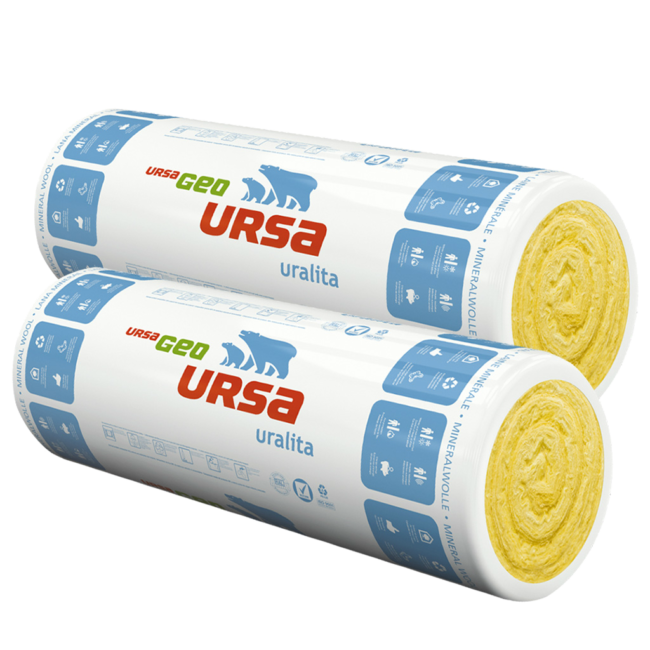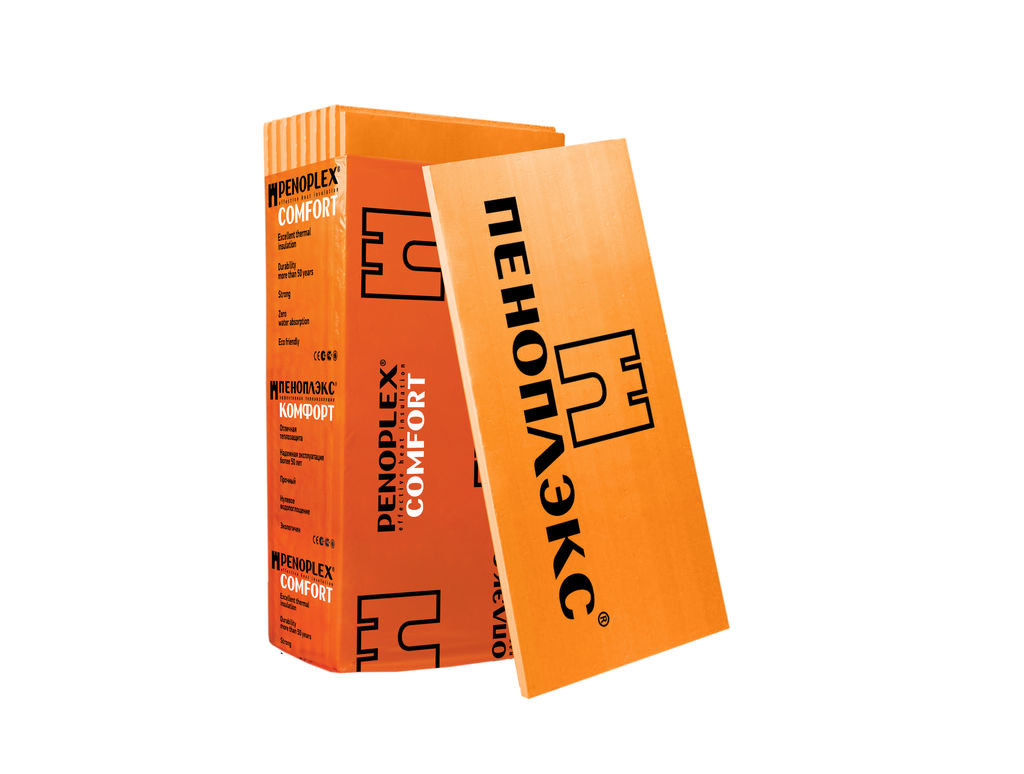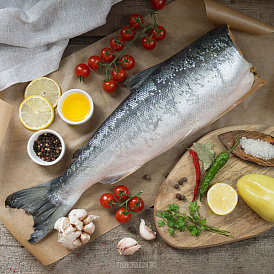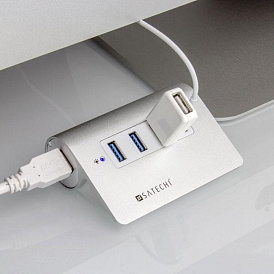Compare insulation Ursa and Penoplex | Determine the best
URSA and Penoplex are heat-insulating materials that can be used to insulate walls, foundations, roofs and other parts of the building. Despite the similar scope of application, they are quite different in terms of composition and some operational features.
Therefore, before you go to the building materials store, you need to make a comparison between URSA and Penoplex and choose which insulation is better for your purposes.
Advantages and disadvantages of URSA (“Ursa”) insulation

The heat insulator URSA ("Ursa") is being developed in Germany. Its basis is glass fiber. However, the specific composition and characteristics of this material differ depending on the specific variety.
The range of the company includes five lines of heat insulators:
-
Geo. This series is characterized by high environmental friendliness and is therefore suitable for insulating houses from materials that are safe for nature. However, this feature has made Geo Ursa a popular solution for the construction of private and apartment buildings, office and commercial buildings;
-
Pure on. Another solution that is well suited for use in private construction. It is made of mineral wool and due to the special texture it practically does not irritate the skin, eyes and mucous membranes;
-
Terra. Special coating, which is made in the form of technical mats. Focused on the use in the construction of industrial facilities, insulation of sloping roofs and facades. Differs in excellent noise-insulating properties;
-
Seko. Roll insulator, which is used on sloping roofs, exterior walls and ceilings;
-
XPS. Unlike other materials of the company, UPS XPS is made not of mineral wool, but of extruded polystyrene. Because of this, it is versatile and suitable for the insulation of virtually all parts of a building.
All this makes the materials from the company “Ursa” suitable for warming shallow foundations, floors, brick, stone, sheathing and frame walls, as well as roofs. The material itself has excellent thermal insulation properties, elasticity, lightness and low price.
Advantages and disadvantages of Penoplex insulation

"Penoplex", unlike its predecessor, is made from extruded polystyrene. Therefore, it also has excellent thermal insulation qualities, is characterized by ease and ease of installation. However, the use of extruded polystyrene somewhat changes the scope of use of this heat insulator.
Now on the market there are four lines of this coverage:
-
"Wall" ("31" with fire retardant). Used to isolate walls (both external and internal) and basement;
-
"The Foundation" ("35"). Mounted on the basement and foundation of the building;
-
"Roof" ("35"). Mounted on roofs - flat, sloping and even inversion;
-
"Comfort" ("31C"). Universal solution that is suitable for insulating any part of the building.
-
Fire retardant is a special substance that prevents the heat insulator from burning. Therefore, the wall options of Penoplex are complemented by them in the composition, which increases fire safety, but negatively affects the price.
Comparison of "Ursa" and "Penoplex"
These two materials differ from each other not only in the sphere of application (although there are also “intersections”) and the basis of the composition. Let's compare Ursa and Penoplex heaters:
|
Characteristic |
Ursa |
Penoplex |
|
Raw material |
Fiberglass, mineral wool. Polystyrene in the XPS series |
Polystyrene |
|
Way of laying |
Laying on a specially mounted frame, closing another frame after that |
Just placed on the glue |
|
Texture to touch |
Prickly |
Similar to the elastic sponge |
|
The need for vapor barrier |
There is. Some types are already foil, others need pre-installation of a vapor barrier |
Not |
|
Diversity |
Five series of several types |
Four series |
|
The possibility of insulating ceilings |
Not. Powdered, mineral dust can get into eyes and lungs. |
Yes |
|
Precautions when working |
It is impossible to work without a respirator, it is very dangerous |
Enough basic protection |
|
Ability to use with building mixtures |
It is steady against any mixes, differs in chemical inertness |
Resistant to any mixtures |
|
Susceptibility to pests |
Not |
Not |
|
Environmental hazard |
Not |
Not |
|
Life time |
Up to 30-40 years |
Up to 30-40 years |
|
Combustibility |
Not flammable |
Not flammable under normal conditions, not fully flammable with flame retardant addition |
|
Price |
Low |
High |
Concerning the price. On average, Ursa insulation in the market is 3-4 times cheaper than Penoplex. And this explains their high demand.








